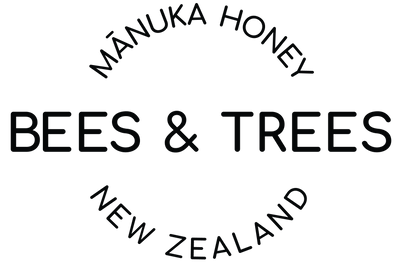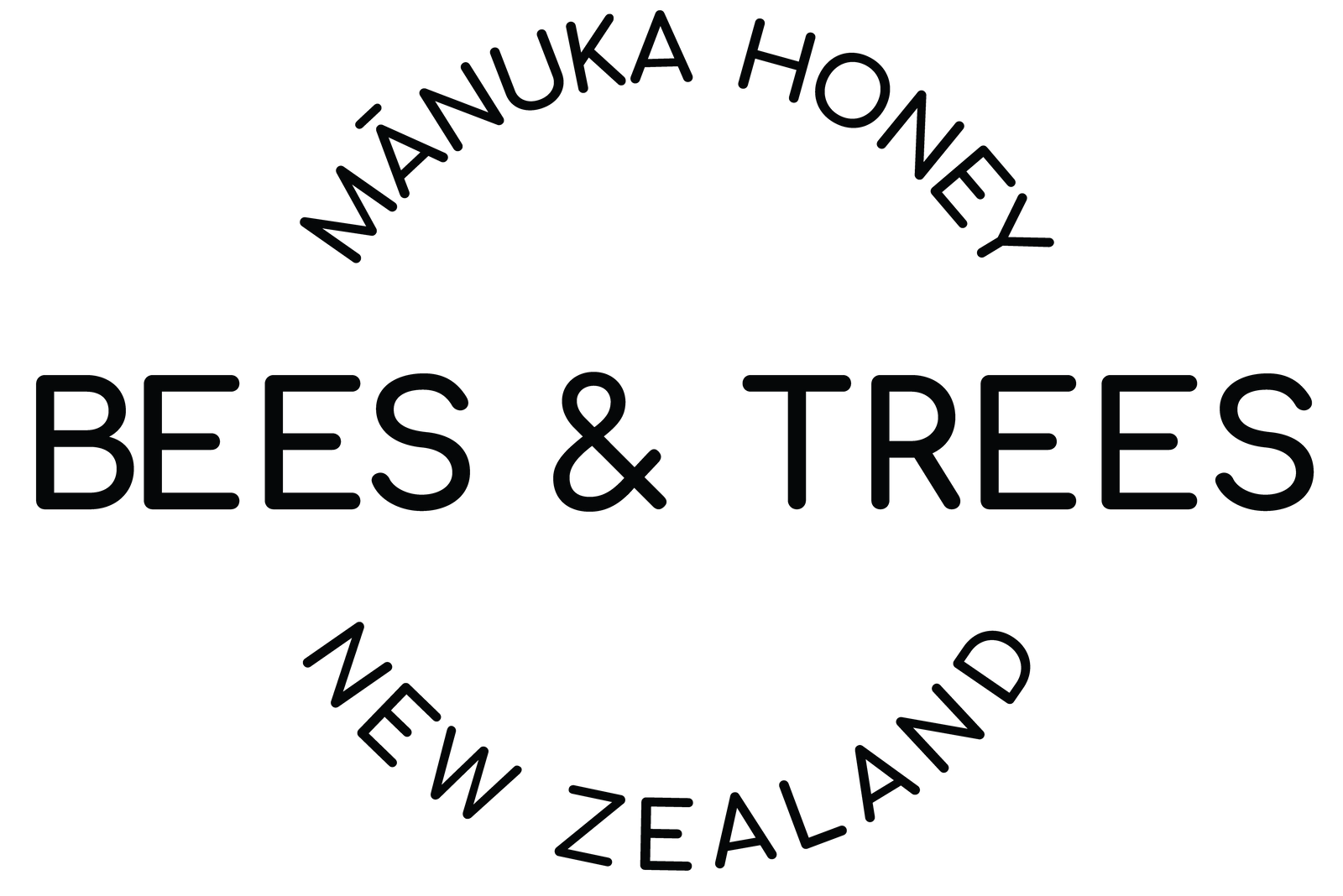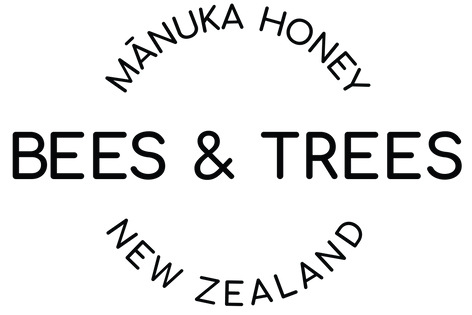FAQs
- Which Mānuka honey should I buy? Which MG level?

Great question. All of our Mānuka honeys have high levels of the naturally occurring dietary methylglyoxal (MG or MGO) that gives Mānuka honey its wellness benefits. We generally recommend our 350+MG honey as a good daily wellness supplement, and our 550+MG or 830+MG honeys if you're looking to treat a specific digestive health issue, such as acid reflux or stomach ulcer.
- How much Mānuka honey should I consume? What is the recommended dosage?

There is a lot of research around the wellness properties, and potential health benefits of Mānuka honey. Most of this research has been lab based in-vitro studies vs. case studies or human trials. Therefore, we can’t make a dosage recommendation for any particular condition that is supported by evidence based science. Our general advice based on personal experience, and anecdotal evidence is to 1-2 teaspoons per day, and see how you are responding.
- What makes Mānuka honey unique, or where does it come from?

Mānuka honey is produced when bees collect the nectar of the flowering Manuka tree, which is native to, and mainly grows in New Zealand. High levels of the naturally occurring organic compound Methylglyoxal (MG) found in Mānuka honey set it apart from other honey types. Extensive research has been conducted on high MG Mānuka honey for a variety of wellness properties and potential health benefits.
- Does a special bee make Mānuka honey?

No, there are two main honey bees used commercially the world over, the Italian and the Carniolan. We use both in our operations.
- How can you be sure the bees are collecting Manuka nectar, and not other floral types?

The hives are placed in remote areas surrounded by Manuka trees. The timing of placement of the hives, and removal is carefully done to coincide with the flowering of the Manuka. The real test though is in the label after extraction when the MG level is determined. The higher the MG level, the purer the Mānuka honey collected that season, by that group of hives.
- Are your honeys certified as pesticide-free?

Yes, each batch of our honeys is routinely tested for pesticides, and we're also certified to be pesticide-free (including glyphosate-free) by the DetoxProject. We're also certified by GenuHoney, which works to assure honey origin and authenticity of honeys around the world.
- How is Bees & Trees Honey tested & labeled?

We use both Hill Laboratories and Analytica Laboratories, the two main independent labs in New Zealand. We report our actual MG results on our jar.
- What does a UMF rating mean? Why don’t you use a UMF rating?

UMF stands for Unique Manuka Factor, and is a trademark system of the UMF association. The UMF rating directly correlates with the Methylglyoxal test results, so it is effectively a lookup table against the MG test. Joining the UMF association is expensive for smaller brands, and the association is heavily influenced by one of the large corporate brands in New Zealand. We’ve never found the value of joining to be worth the cost. We work hard to keep our honey as affordable for our consumers as possible.
- Why do you use glass jars?

We think honey tastes better out of a glass jar, and we want the beautiful color of the honey to be visible. We like that the jar is reusable, so it is a more sustainable packaging approach. The jars are heavier, which increases our shipping costs somewhat, and there is risk of breakage, which we take a lot of care to mitigate. In the end, we think this extra cost and effort is worth it.
- Does Mānuka honey taste good?

Ours tastes great! A lot of Manuka has a bit of a strong taste or bite to it, and a bit of an after taste. We have had many New Zealanders tell us our Mānuka honey is the best they have ever had. We attribute the great taste to the micro-climate in Taranaki, the only region we produce honey from. The Manuka in Taranaki flowers in Jan-Feb, which is later than the rest of New Zealand. We think the long hot summer days help the Manuka tree produce a sweeter nectar resulting in a much better tasting honey.
- Can you put Mānuka honey into a hot drink? Will heating it affect its properties?

Yes, we recommend for tea that you steep your tea for the normal 3-5 min, then add your honey after that. Putting Mānuka honey directly into boiling water can start to impact the MG level and the health benefits. So if you are heating to de-crystallize, or get a consistency to drizzle on yogurt, just do so gently.
- How do you like to eat your Mānuka honey?

I like mine in tea, or on toast. My wife prefers a big heaping teaspoon straight from the jar. It is great drizzled on yogurt or can be used in a host of different recipes from salad dressing to banana bread. Lots of recipes on our website.
- What activity level should I buy?

For general health & wellness applications, anything greater than a UMF 12+ (350+ MG) will work great. Other specific health issues you are trying to treat might respond better to a 500+MG (15+UMF).
- Guide Protection for Bees & Trees

What is Guide Package Protection? Guide Package Protection protects your order against loss, damage, theft, and more. In just a couple of clicks, you'll receive a refund or replacement for approved claims. To cover your order, make sure Guide Package protection is checked before you place your order at checkout. Guide Protection for Bees & Trees If you opt out of Guide Package Protection then Bees & Trees is not liable for lost, damaged, or stolen items.
- How to file a claim with Guide Protection

If you’ve purchased package protection and need to make a claim, head to beesandtrees.com/claim to File a Claim.
- How long do I have to file a claim with Guide?

30 – 45 days depending on the claim type. This is from the date you placed your order.



